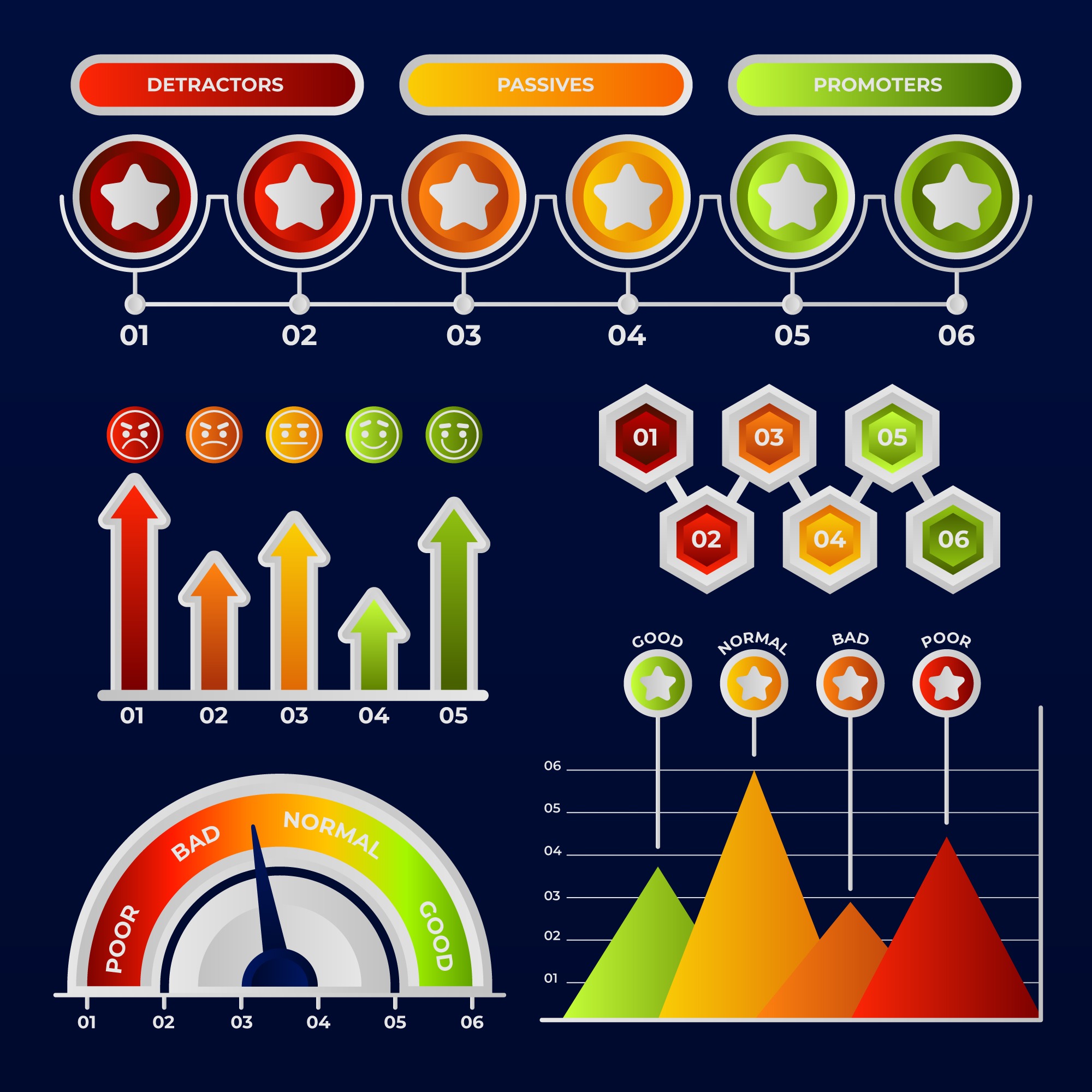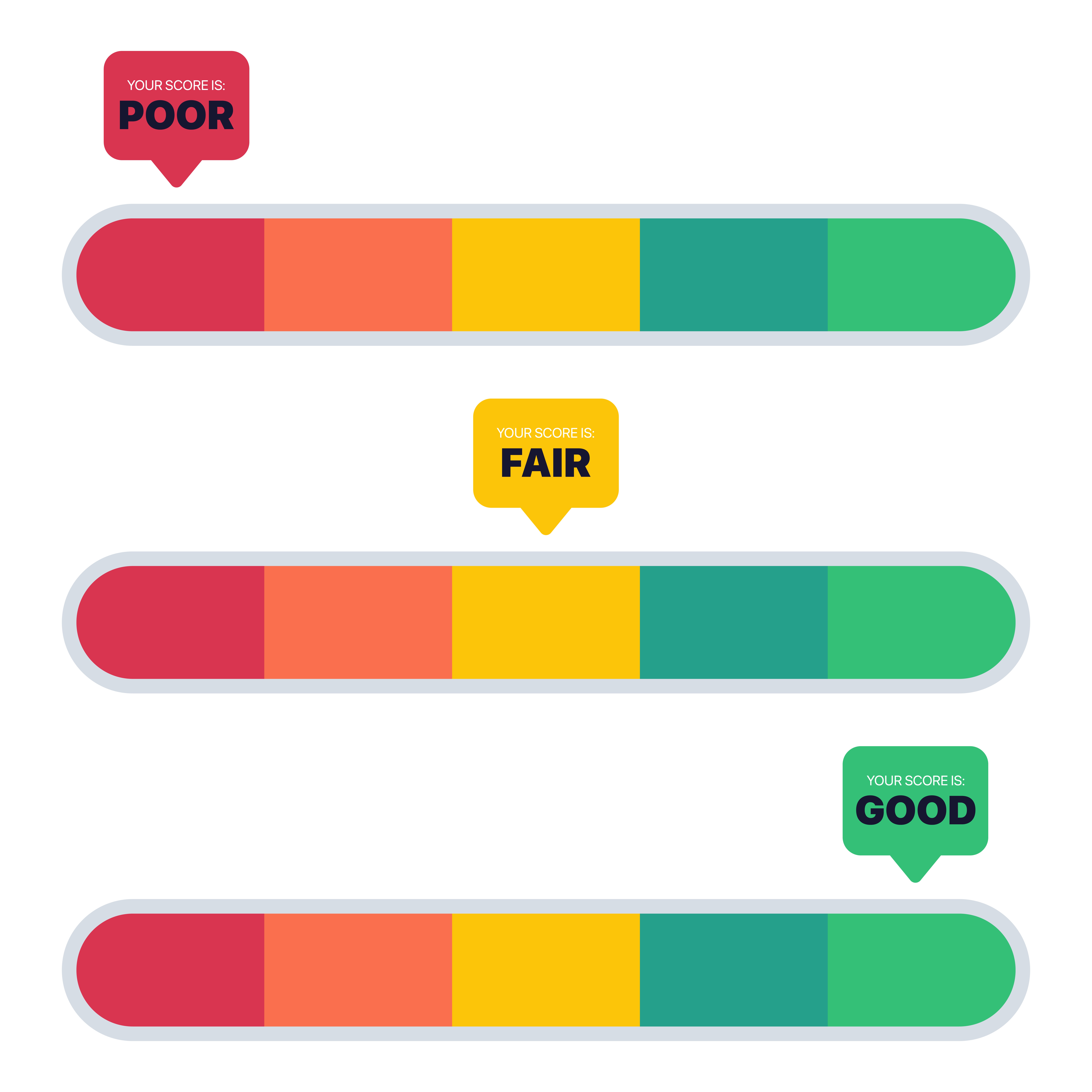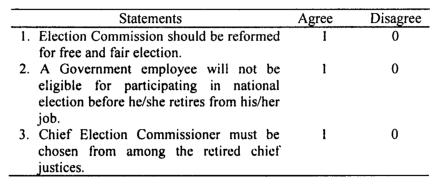A graphic rating scale presents respondents with a visual or graphic continuum. The respondent checks his or her response at any point along a continuum. Typically, a respondent’s score is determined by measuring the length (in millimeters) from either endpoint of the graphic continuum. The results are usually interval data.
The Graphic Rating Scale is a method used to evaluate the performance of an individual, organization, product, or service. It quantifies performance using numerical or descriptive scales, allowing respondents to rate attributes such as satisfaction, proficiency, or specific competencies.
Other graphic rating scales use pictures, icons, or visuals to communicate with the raters. Here is an illustration of a graphic scale:


How is the Graphic Rating Scale commonly used?
One of the most prevalent applications of the Graphic Rating Scale is in HR, where it evaluates employees’ productivity and overall performance. It can also be used to assess customer satisfaction with products or services.
What attributes or behaviors can the Graphic Rating Scale measure?
The scale can assess various factors, including job-specific competencies like technical skills, soft skills, time management, productivity, attendance, punctuality, communication skills, problem-solving skills, and self-motivation.
What are the different formats of the Graphic Rating Scale?
The scale can be presented in various formats, including Numerical Scale, Descriptive Scale, Checklist Scale, Comment Scale, Mix Standard Scale, and Weighted Scale. Each format serves a specific purpose and is chosen based on the measured attribute.
What are the advantages of using the Graphic Rating Scale?
The Graphic Rating Scale is simple, cost-effective, easy to customize, provides a great feedback system, and allows for trend analysis. It offers a straightforward way to assess performance and satisfaction without requiring specialized skills.
Are there any disadvantages to using the Graphic Rating Scale?
Some disadvantages include limited feedback, evaluator subjectivity, potential bias, lack of differentiation between employees, potential reduction in employee motivation, and not accounting for situational factors affecting performance.
How can the Graphic Rating Scale be used in conjunction with other methods?
The Graphic Rating Scale can be combined with other evaluation methods, such as employee KPIs, to provide a more comprehensive view of performance. This combination can help address some of the scale’s limitations and offer a clearer image of employee performance.

